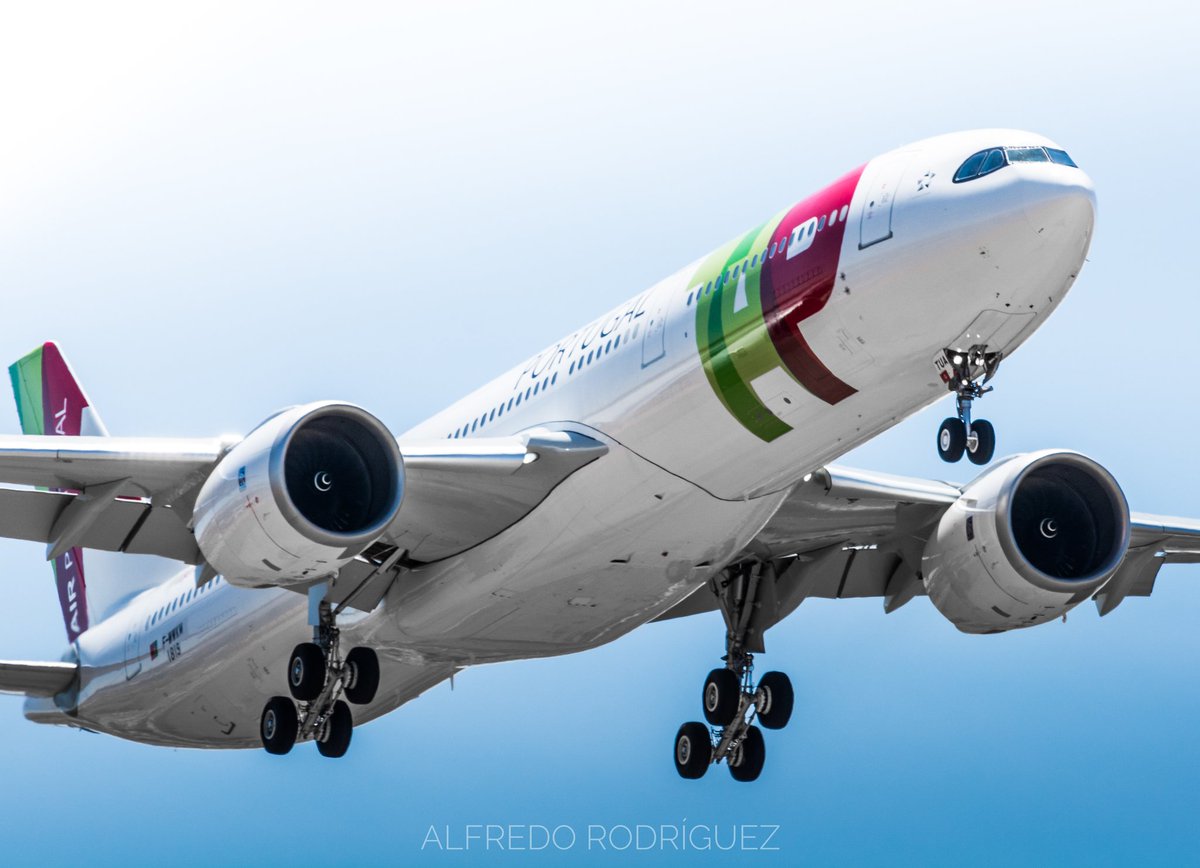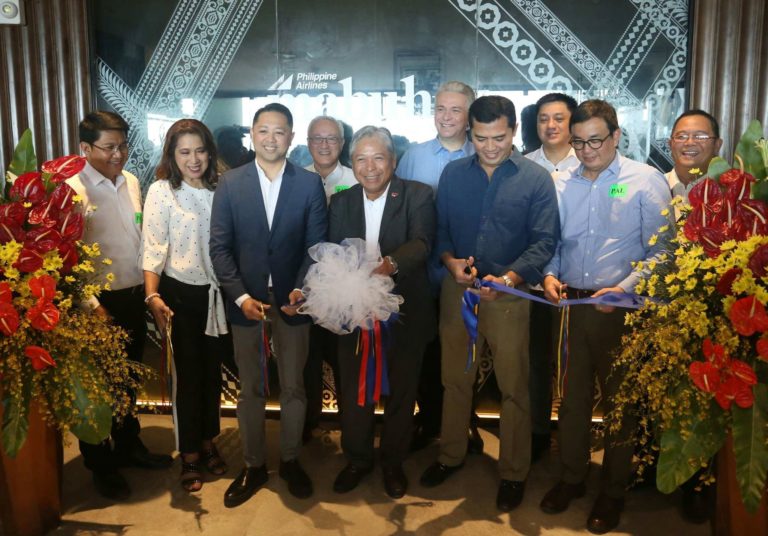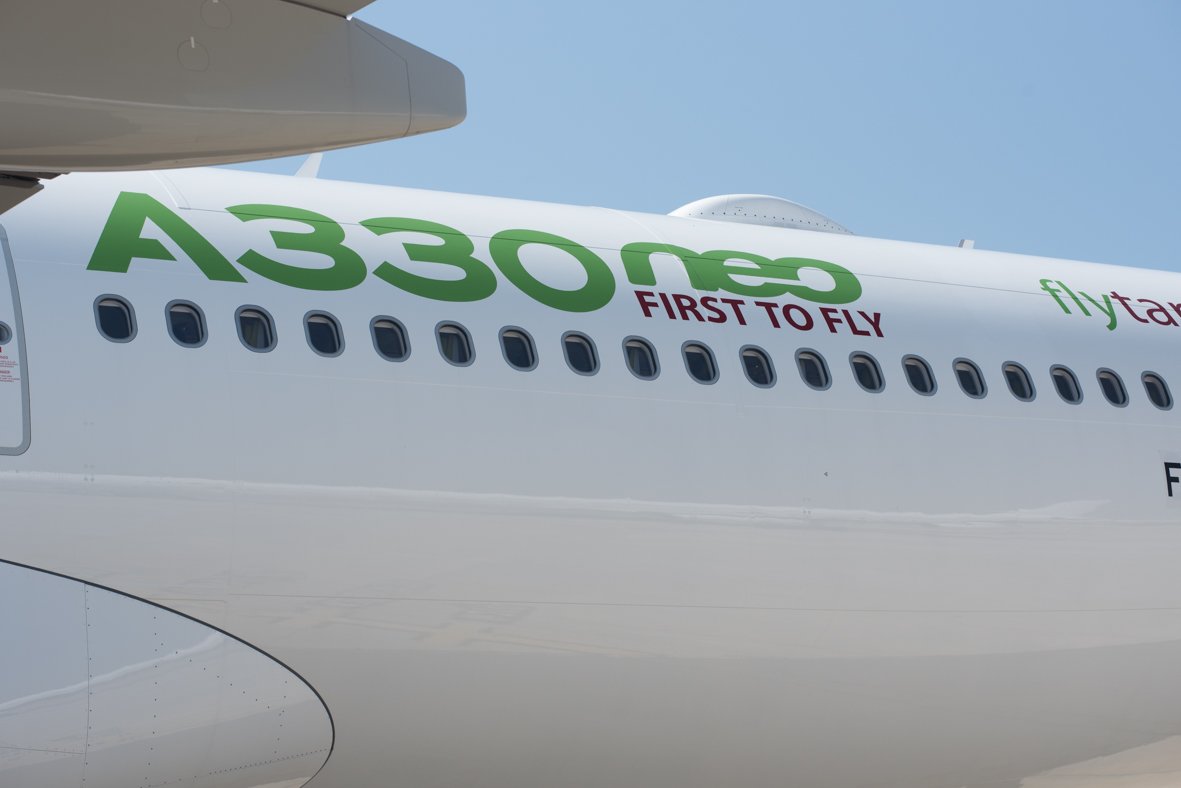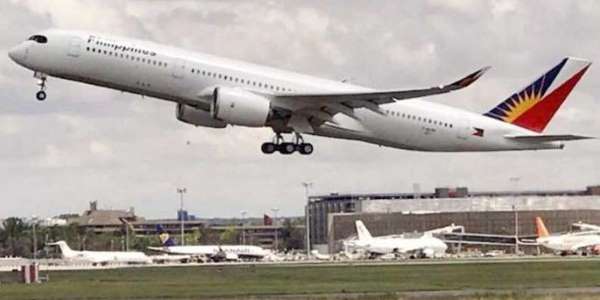NEO For Long Haul
21 June 2018

The Airbus A330-300 has been the work horse of Philippine Airlines (PAL) trans-regional network since its introduction to the airline in 1996.
At the time when the A330 entered PAL service, it weighted a mere 212 tonnes with 2,700 nautical miles (nm) in payload range enough to cover Seoul, Tokyo, Singapore and Bangkok.
The medium to long-range flights, particularly to Australia, Middle East, Europe and North America was relegated to the long ranged Airbus A340-300, DC-10, MD-11, and Boeing 747-400s introduced to the airline in 1992.
PAL upgraded the A330 fleet in 2012 with the 235 tonnes variant which entered service in 2014 capable of reaching 4,200nm upgrading the planes capability within the medium haul range.
The increase in range capability has enabled the airline to introduce far longer routes like Kuwait, Sydney, Melbourne, Honolulu, Riyadh, Jeddah, and lately Auckland in New Zealand, which otherwise would have been impossible with the original variant.
Now, Airbus third test-flight bed for the newest A330, the -900 (MSN1819) series, carrying the colours of launch operator TAP Portugal, is designed to be a long-ranged aircraft capable of reaching Africa, Europe, and the East Coast of North America from the Philippines.
After its first flight on November 2, 1992, the A330 aircraft has undergone major revamp in design and engineering ever since its conception from the short hauler 212 tonnes aircraft to the long hauler 251 tonnes variant that will start flying in 2020.
Most notable differences with current A330 is that the A330neo engines are larger (112-inch fan for the Rolls-Royce Trent 7000 instead of 97 inches for the Trent 700). Therefore the nacelles are mounted higher relative to the wing, and in order to carry the weight of the aircraft, the A330neo wing is extensively upgraded with the wingspan extended with 3.7 meters capped with larger Sharklets, resembling the ones from A350 to reduce induced drag.
It is finalizing route-proving flights for final aircraft Certification that will make the plane fly 7,200nm from Manila, enough to reach Los Angeles or San Francisco.
The A330neo’s new specifications are well known: new A350-styled Sharklets and “bandit” windscreen, numerous aerodynamic enhancements, an upgraded landing gear system, bigger windows, and a more powerful Rolls-Royce Trent 7000 engines, which has 99% commonality with the current generation A330 operated by PAL.
So why the need for the A330neo?
New Markets.
Its the best aircraft type to open the thin secondary markets of Europe like Rome, Frankfurt or Paris which is too big to be served either by B777-300ER or its bigger sibling, the A350. It is the primordial reason effectively holding the airline's expansion plans due to limited market size of the Filipino diaspora. Even London will be relegated to the A350 service soon.
The current A330-300s of PAL has flown new medium haul markets to Honolulu, Auckland, Riyadh and Jeddah, which were the former realms of its sister the A340s, or B747s, because of its range capability and has been able to hold it efficiently since then.
Europe.
But PALs existing A330 won't have enough range when it start operations in Tel Aviv or Rome after Saudi Arabia granted it permission to overfly its airspace. The airline would have to fly the A340 a little longer to service the route, and the obvious choice is to start ordering a smaller plane to service these routes. After all the offer of the Kingdom is not perpetual.
In the same manner, It also has no other option to begin new market in Europe but to start it with a smaller capable plane. That is where the 251t A330-900 fits perfectly in the equation.
The new long hauler would most likely seat around 260-270 in tri-class configuration (24 business class, 24 premium economy, and 216+/- economy seats), more than the current A340-300 which has 254 seats, and less than the 295 seater A350-900. In so doing, it gains a little more on payload and range when needed.
Flexibility.
It is also a good alternative to fly London, Vancouver, San Francisco, or Los Angeles on some lean days when passenger volume does not justify a 290-370 plane, more so to fly leaner route networks like Seattle or San Diego, or better yet re-opening Cebu to the west coast.
That is currently the job of the existing A340 but operating cost doesn't even come close to the efficiency of the 330neo delivering a 30 percent operating cost savings per seat, particularly with rising fuel prices.
Effeciency.
Also by comparison, the A330neo reduces fuel consumption by 14% per seat compared to the current A330ceo model PAL had for the 4,000nm sector, making the plane the most cost efficient medium range widebody aircraft in the market, and better than the B787-900 aircraft competitor for the next 2,000nm.
Commonality.
The A330-900neo has 95% commonality of spare parts with the existing PAL fleet of A330-300s. They also have the same Pilot type rating of the existing A330s saving the airline more in training costs. It is the perfect support for the A350 operations.
Capital Costs.
Based on Market Inteligence data, the 251t A330-900neo plane is listed as having a list price between $125-$130 million. The A350-900 PAL had on the other hand has a list price of $180 million ($1.085b) from orders made in 2016. That makes the A350-900 more than $50 million more expensive than the A330-900.
Route Rationalization.
PAL chief executive and president Jaime Bautista disclosed that A350-900 deliveries are “June (deferred to July 17), August, September and December. Then March and June [2019].” They have no widebody aircraft delivery for long haul in 2020.
“Smaller airplane is always good to fly to new destinations." remarks Bautista.
Bautista says the airline is looking at the possibility of serving Paris and Rome. The A330neo maybe the plane for that. And five frames should be sufficient enough to make them very busy.
A330neo will surely strengthen PALs international flights to North America and Europe, and serve select new destinations too big for the A350. It is wise for the airline to build on the A330's proven economics, versatility and reliability.
.ashx?h=666&w=1000&la=en&hash=13C35415BB92EE587A17139DB11CD0A5FB44F687)













